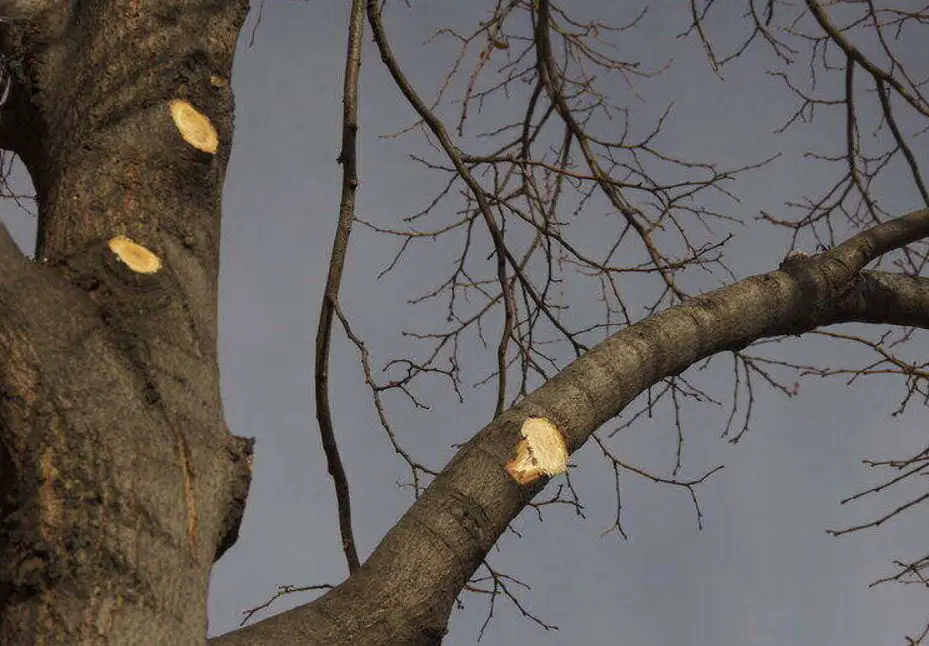While homeowners care for their cherished oaks and maples, killing a tree is the farthest thing from their minds. Even with the best intentions, tree trimming errors may be fatal for a tree, and we are not simply talking about topping a tree. Picking the incorrect species for a location, using the wrong Mulch, and using inadequate watering and fertilizing techniques are all examples of bad tree care that may cause stress and death in trees.
Are your tree-related blunders major? Continue reading for seven tree-care procedures that might eventually lead to significant tree issues.

1. Bad choice of species
It is crucial to choose the appropriate tree for the situation. If you wish to plant any trees, consider their mature height and breadth, ideal soil type, and exposure. Choose species and kinds that are appropriate for your region, focusing on those tolerant of prevalent diseases and insect pests.
2. Bad Planting Techniques
It is not always advantageous to dig a larger planting hole. A planting hole should be no deeper than the root ball and often as broad as the root ball. If the soil is thick with clay or sand, amend it first, and check to see that the first level of main lateral roots is at or close to the soil surface.
3. Limiting Root Ball or Trunk Development
A tree has to grow for its boot and roots to both increase. Some plants are marketed with wire tags or burlap wrapped around the trunk or the root ball. Before planting, these limitations must be lifted. If you forget, the tag can stifle the trunk’s development, and the root ball will not be strong enough to support a developing tree.
4. Staking Incorrectly
Should I or should not stake? The query is that. If the location is not sheltered, several experts advise against adopting this planting technique in places with heavy winds, yet there are good reasons to do so. So do not attempt to stop the boot or the foliage from moving. Instead, the objective is to stop the root ball from shaking in the wind and injuring young roots. After a year, all staking materials need to be taken out.
5. Too Much or Too Little Water
The risk of providing trees with insufficient water during a drought is well understood. Every tree has unique water requirements that must be satisfied to flourish. It is better to sometimes water deeply than to repeatedly water superficially. By smothering the roots, too much water may kill a tree more quickly than not enough. On hard clay soils, too much water typically kills freshly planted trees more often than not enough.
6. Too much Mulch
Mulch protects tree roots from harsh weather, inhibits weed development, and maintains soil moisture, which are advantages for trees. In actuality, mulching is often required. Over-mulching, however, might trap too much water around the roots. Near the boot, the mulch layer should not be any thicker than one inch (2.5 cm), but it may be up to four inches (10 cm) thick outside.
7. Topping Trees
It seems like a straightforward solution to the height issue – just cut off the top of a “too tall” tree. This is among the worst tree-cutting errors you can make and a very simple method to mistakenly destroy a tree. Never, ever should a tree be topped. This method shortens the tree’s life and results in an ugly specimen with dead branches. Be cautious while choosing a tree, and keep tall trees away from buildings, awnings, and utility wires.


